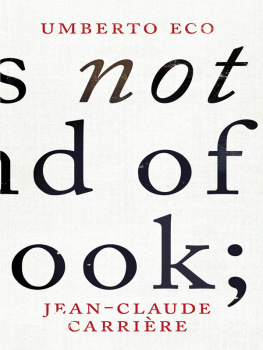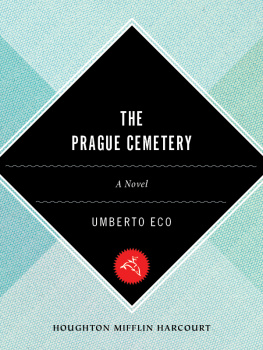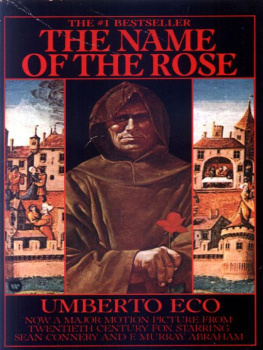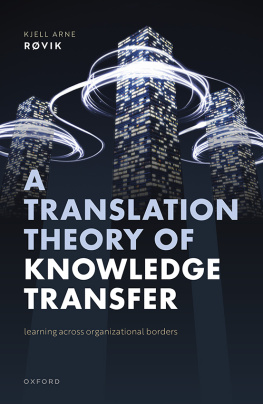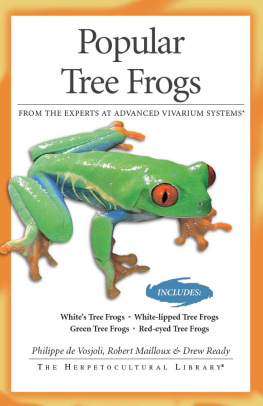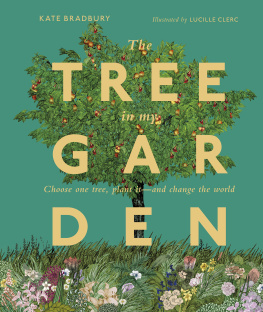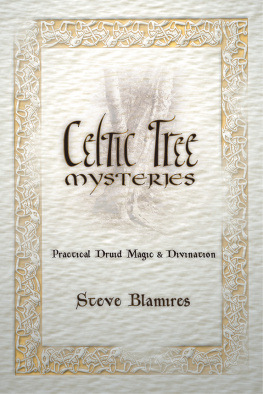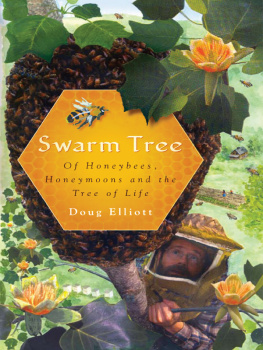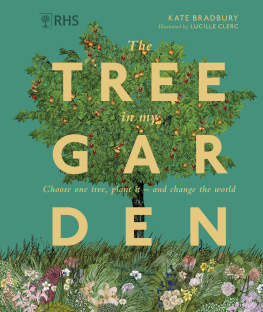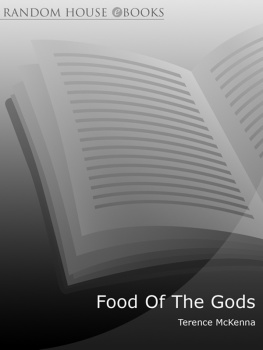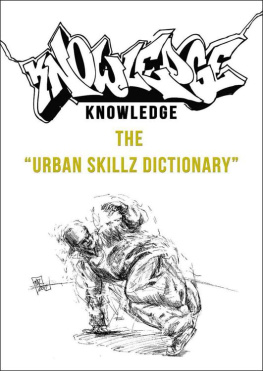FROM THE TREE TO THE LABYRINTH

FROM THE TREE TO THE LABYRINTH

HISTORICAL STUDIES ON THE SIGN AND INTERPRETATION
UMBERTO ECO
Translated by Anthony Oldcorn

Harvard University Press
Cambridge, Massachusetts
London, England
2014
Copyright 2014 by the President and Fellows of Harvard College
All rights reserved
Originally published as Dallalbero al labirinto: Studi storici sul segno e linterpretazione, by Umberto Eco, copyright 2007 RCS Libri S.p.A.
, The Language of the Austral Land and The Linguistics of Joseph de Maistre, were originally published in Serendipities , by Umberto Eco, translated by William Weaver. Copyright 1998 by Columbia University Press. Reprinted with permission of the publisher.
Jacket design: Graciela Galup
Jacket art: Magdolna Ban, Mystic (2004), oil on canvas. Private collection / The Bridgeman Art Library.
The Library of Congress has cataloged the printed edition as follows:
Eco, Umberto.
[Dallalbero al labirinto. English]
From the tree to the labyrinth : historical studies on the sign and interpretation / Umberto Eco ; translated by Anthony Oldcorn.
pages cm
Originally published as Dallalbero al labirinto: Studi storici sul segno e linterpretazione, by Umberto Eco, 2007 RCS Libri S.p.A.
Includes bibliographical references and index.
ISBN 978-0-674-04918-5 (alk. paper)
1. SemioticsHistory. 2. Language and languagesPhilosophyHistory. I. Oldcorn, Anthony, translator. II. Title.
P99.E2613 2014
121'.68dc23
2013015258
Contents
At the second congress of the International Association for Semiotic Studies (Vienna, July 1979) I presented a number of Proposals for a History of Semiotics. I recommended that we intensify historical studies on the various theories of the sign and of semiosis over the centuries, first of all because I considered it a necessary contribution to the history of philosophy as a whole, and secondly because I was convinced that to do semiotics today one needed to know how it was done yesterday, however much it might have been disguised as something else. And what better place to begin than from that Coup doeil sur le dveloppement de la smiotique with which Roman Jakobson had opened the first international congress of the association five years earlier?
I suggested three lines of research. The first had narrower ambitions, since it was confined to those authors who had spoken explicitly about the relation of signification, starting with the Cratylus and with Aristotle, down through Augustine and eventually to Peircebut without neglecting the authors of treatises on rhetoric like Emanuele Tesauro or the theorists of universal and artificial languages like Wilkins or Beck.
My second line of research involved a close rereading of the whole history of philosophy with a view to finding implicit semiotic theories even where they had apparently not been explicitly developed, and the chief example I gave was that of Kant.
Finally, my third suggestion was intended to cover all those forms of literature in which symbolic and hermeneutical strategies of any kind were deployed or developed (among them, for instance, the works of the Pseudo-Areopagite). I cited as examples manuals of divination (texts like Guglielmo Dorandos Rationale divinorum officiorum ), the medieval bestiaries, the various discussions of poetics, down to the marginal notes of writers and artists who had reflected in one way or another on the processes of communication.
Anyone familiar with the bibliography of semiotics over the last thirty years knows that my appeal was anchored on the one hand in already developed or developing historiographical interests, while on the other it voiced an urgency that was already, so to speak, in the air: over the past thirty years, the contributions to an historical reconstruction of theories of the sign and semiosis have been many, so many that we are already in a position (provided someone could be found with the will and the energy to take on the task) to plan a definitive history of semiotic thought, by various authors and in several volumes.
For my own part, in the course of this thirty-year period, I have continued to elaborate the occasional personal offering, even returning from time to time to a topic previously explorednot to mention that chapter in semiotic history to which I devoted my La ricerca della lingua perfetta (1993), translated as The Search for a Perfect Language (1995). Such, then, is the origin and nature of the essays gathered in the present volume.
They were conceived under various circumstances, some for strictly academic occasions, others as discourses addressed to a broader general public. I decided not to attempt to rewrite them in a more uniform style, and I have kept the apparatus of notes and references in the case of the more specialized contributions and the conversational tone in the case of the more essayistic pieces.
I trust that even readers whose interests are not specifically semiotic (in the professional sense of the word) will be able to read these writings as contributions to a history of the various philosophies of language or languages.
1.1. Dictionary and Encyclopedia
For some time now the notions of dictionary and encyclopedia have been used in semiotics, linguistics, the philosophy of language and the cognitive sciences, to say nothing of computer science, to identify two models of semantic representation, models that in turn refer back to a general representation of knowledge and/or the world.
In defining a term (and its corresponding concept), the dictionary model is expected to take into account only those properties necessary and sufficient to distinguish that particular concept from others; in other words, it ought to contain only those properties defined by Kant as analytical (analytical being that a priori judgment in which the concept functioning as predicate can be deduced from the definition of the subject). Thus the analytical properties of dog would be ANIMAL, MAMMAL, and CANINE (on the basis of which a dog is distinguishable from a cat, and it is logically incorrect and semantically inaccurate to say of something that it is a dog but it is not an animal). This definition does not assign to the dog the properties of barking or being domesticated: these are not necessary properties (because there may be dogs incapable of barking and/or hostile to man) and are not part of our knowledge of a language but of our knowledge of the world. They are therefore matter for the encyclopedia.
In this sense semiotic dictionaries and encyclopedias are not directly comparable to dictionaries and encyclopedias in the flesh, so to speak, to the published products, in other words, that go by the same name. In fact, dictionaries in the flesh are not usually composed according to the dictionary model: a normal dictionary, for instance, may define cat as a feline mammal, but usually adds details of an encyclopedic nature that concern the cats fur, the shape of its eyes, its behavioral habits, and so on and so forth.
If we wish to identify a dictionary in its pure formto which various contemporary theoreticians in the field of artificial intelligence still refer when they speak (see below) of ontologieswe must return to the model of the Arbor Porphyriana or Porphyrian tree, in other words to the commentary on Aristotles Categories written in the third century A.D. by the Neo-Platonist Porphyry in his Isagoge, a text that throughout the Middle Ages (and beyond) will be a constant point of reference for any theory of definition.
Next page



